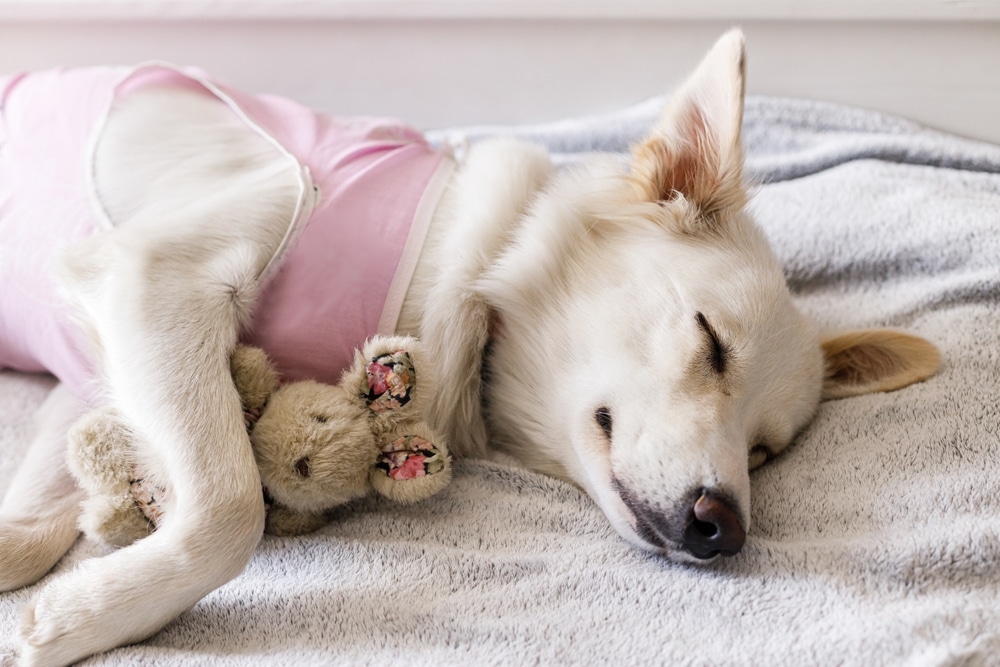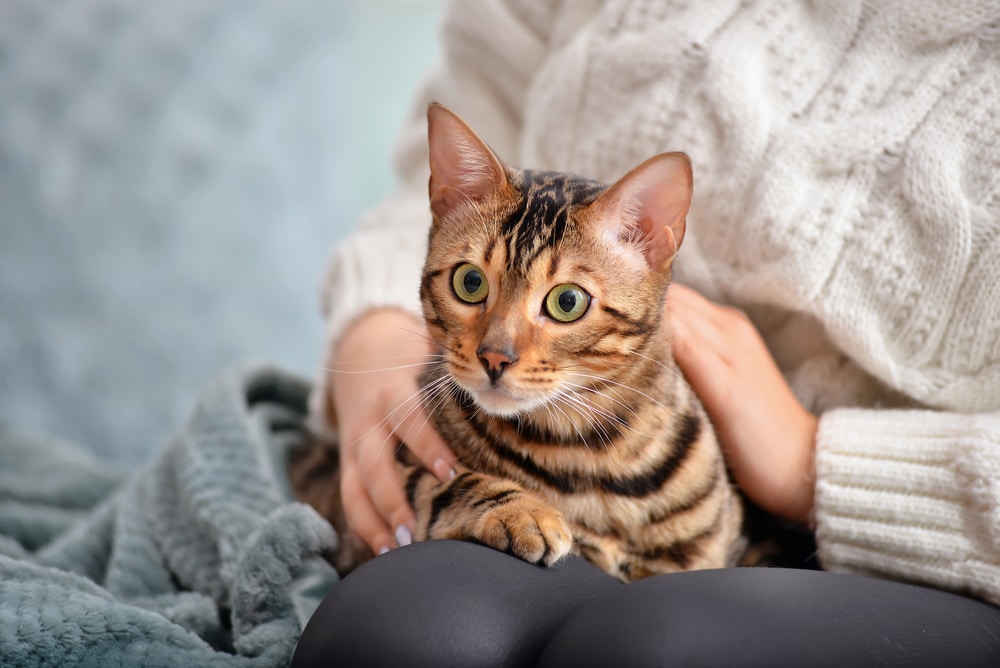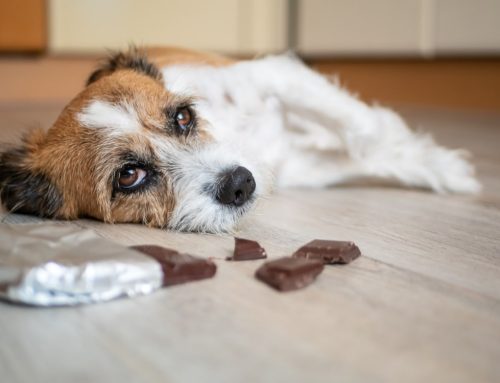Comprehensive Guide to Gastric Health Issues in Pets
At Groves Veterinary Clinic in Port Charlotte, FL, we prioritize your pet’s health and well-being. Gastric issues can be a major concern for pet owners, and recognizing and responding to these conditions can significantly improve your pet’s quality of life. This guide provides essential information on common gastric problems such as Gastric Dilatation-Volvulus (GDV), Gastrotomy, and Pyloric Stenosis.
Gastric Dilatation-Volvulus (GDV) in Pets
Definition and Overview
Gastric Dilatation-Volvulus (GDV) is a serious condition affecting primarily large and giant breed dogs but can occur in any pet. It involves the stomach filling with gas and twisting, impeding blood flow and causing rapid clinical deterioration. Recognizing GDV as an emergency is crucial. Untreated, it can lead to severe shock and even death within hours. The twisting cuts off blood supply, leading to tissue necrosis, so immediate veterinary attention is vital.
Signs and Symptoms of GDV
Early detection of GDV can be lifesaving. Symptoms to watch for include:
- Severe bloating: The abdomen appears distended and feels hard.
- Unproductive retching: Attempts to vomit yield nothing.
- Restlessness: Pets may appear anxious, pace, or struggle to find comfort.
- Abdominal pain: Indicated by whining, groaning, or a hunched posture.
- Rapid heartbeat: Tachycardia suggests systemic shock.
- Collapse: In severe cases, pets may be unable to stand.
These symptoms require immediate veterinary care. Delays in treatment can worsen the condition and reduce recovery chances.
Causes and Prevention
The exact cause of GDV is unclear, but risk factors include:
- Large meals: Feeding one large meal per day can increase risk.
- Rapid eating: Dogs that gulp food may swallow air.
- Heavy exercise after eating: Vigorous activity after meals can increase the risk.
Preventive measures include:
- Feeding smaller, frequent meals: Split daily intake into two or three meals.
- Using slow-feeder bowls: These encourage slower eating.
- Restricting exercise before and after meals: Ensure rest for at least an hour before and after eating.
Treatment Options and Recovery
Treatment involves stabilization, stomach decompression, and surgery to reposition the stomach and prevent recurrence. A gastropexy may be performed to attach the stomach to the body wall, reducing the risk of future twists. Recovery includes careful monitoring and gradual reintroduction to feeding, with long-term dietary management. The post-operative period may require weeks of restricted activity and a special diet to ensure healing.
For detailed information on GDV, read this article on understanding bloat in pets.
Learn more about Emergency Services at Groves Veterinary Clinic.
Gastrotomy in Pets: When Surgery Becomes Necessary
Understanding Gastrotomy
Gastrotomy is a surgical procedure involving an incision into the stomach to remove foreign materials, treat ulcers, or biopsy. It is often needed when a pet ingests indigestible items, causing gastrointestinal blockages.
The Procedure Explained
During a gastrotomy:
- The pet is placed under general anesthesia for a pain-free, immobile experience.
- An abdominal incision accesses the stomach, locating the area of concern.
- The stomach is opened, contents removed or examined, and sutured closed, ensuring no leakage and promoting healing.
- Post-operative care involves pain management and monitoring for complications like infection or suture line breakdown.
Post-Surgery Care and Management
After a gastrotomy, it is crucial to:
- Keep your pet calm with limited movement to prevent strain on the surgical site.
- Follow a prescribed diet with gradual reintroduction to regular food. Soft or liquid diets may be recommended initially.
- Monitor the surgical site for signs of infection, such as redness, swelling, or discharge.
Explore the Surgical Services Provided by Groves Veterinary Clinic.

Pyloric Stenosis in Pets: What You Need to Know
Identifying Pyloric Stenosis
Pyloric Stenosis is a narrowing of the passage between the stomach and small intestine, leading to vomiting and dehydration. Common in young, small breed dogs like Bulldogs and Boxers, it can cause severe nutritional deficiencies and dehydration if untreated.
Diagnostic Approaches
At Groves Veterinary Clinic, we use:
- Physical examination: To check for abdominal pain or distension.
- Ultrasound: To visualize the pyloric region and assess narrowing.
- X-rays: To identify obstructions or abnormal gastric motility.
These tools help accurately diagnose Pyloric Stenosis and determine the best treatment.
Treatment Paths and Prognosis
Treatment typically involves surgery to widen the pyloric canal. Pyloroplasty, cutting and reshaping the pylorus, improves gastric outflow. Most pets recover well with appropriate post-operative care and dietary management, including smaller, more frequent meals of easily digestible food.
Check our Diagnostic Services at Groves Veterinary Clinic.
Why Choose Groves Veterinary Clinic for Your Pet’s Gastric Health?
Our Expertise and Facilities
Our clinic is equipped with advanced diagnostic tools and staffed by experienced veterinary professionals dedicated to your pet’s health and comfort. Our team is trained to handle complex gastric issues with precision and care.
Contact and Appointment Scheduling
If you have concerns about your pet’s gastric health, don’t hesitate to reach out. We offer flexible scheduling options to accommodate your needs.
Request an Appointment with Groves Veterinary Clinic.
FAQs About Gastric Health in Pets
Q: Can GDV occur in cats?
A: While rare in cats, GDV can occur, usually due to a pre-existing condition affecting stomach motility or structure.
Q: How can I tell if my pet is in pain due to a gastric issue?
A: Signs of gastric pain include a hunched posture, vocalizing when touched, restlessness, or lack of appetite.
Q: What dietary changes should I consider to prevent gastric issues?
A: Consider feeding high-quality, easily digestible food and avoid table scraps or foods that cause gas, like beans or dairy products.
Learn More About Your Pet’s Health
We encourage all pet owners to continue learning about pet health issues to ensure their pets live healthy, happy lives. Regular check-ups and open communication with your veterinarian can prevent many health issues from becoming emergencies.
Read more about Gastric Dilatation-Volvulus in Small Animals – ACVS.
Discover Medical Wellness Programs at Groves Veterinary Clinic.







